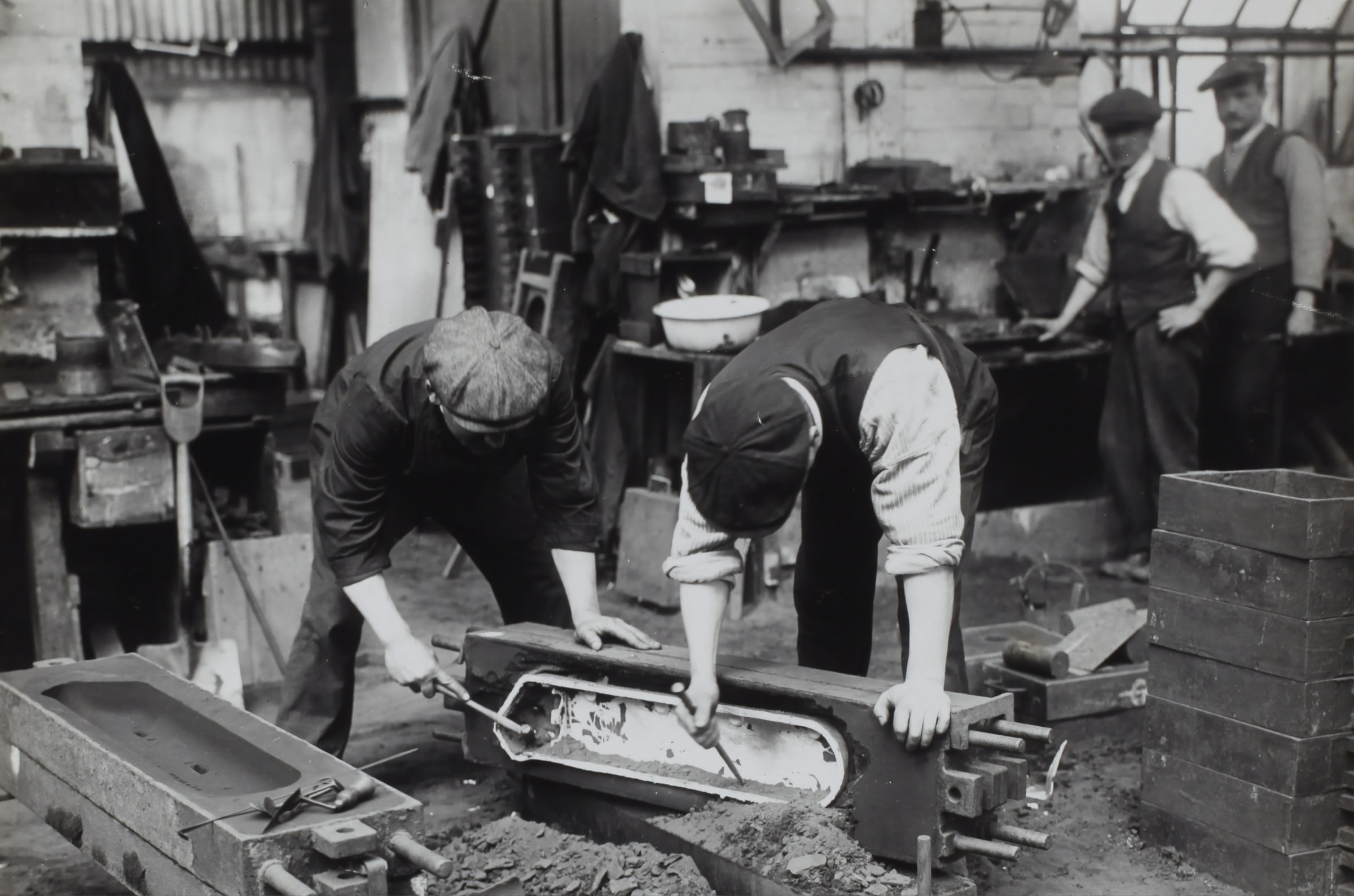
Since its inception, industrial design and the tools of industrial designers have changed a lot. The role of industrial designers has also shifted and enhanced a lot. Now, being a futuristic helper and necessity of industries and many big companies, industrial designing plays a major role in developing and designing consumer products.
In the days of its inception or say 50 years ago, designers usually find themselves working on their desk, sketching on a paper with pencil. This traditional method has seen a lot of evolution since its initial days due to the urgent need for product development or requirement of 100% accuracy.
Revolving around three factors – improvement in aesthetics, ergonomic system and functionalities, the industry of industrial designing has seen several inventions and brought mind-blowing ease in the manufacturing processes of medical devices such as injection molding.
In the ’80s, when adopters started using CAD, the work process of the industrial designer has dramatically changed. They were then capable of capturing the design intent & necessary information further for engineering and manufacturing. In this way, they were enabled to streamline the development process. Now designer can combine their creativity, materials and include strategies in the process of designing as well. At that time, industrial designing was a channel between marketing and engineering.
During the ’90s, the complete world of technologies had been seeing a fast change and design industry was experiencing those shifts firsthand. There were companies as well who introduced a pen-based systems technology for their industrial designer which made them capable of drawing with natural motion sensors while electronically capturing their designs. This technology became mainstream during that period and had completely shifted the complete experience of product designing. The introduced technology made things work faster, more convenient for designers and easy for idea communication.
The major changes during the year 2000 had rapidly boosted the skillsets of the industrial designer without inhibiting their creative process. The new changes had also brought in new competitive edges to the designing field and product development industry.
In current time, the designing industry has shifted a lot which not only enhances the beauty of the product but also provides features to the product to fit the users’ requirement or necessity. Now designers can create real human experiences by observing consumers’ behaviour and designing the product as per individual needs. The main focus of product designers has expanded but not limited to:
With the incorporation of UI and UX in the interaction design industry, they have become the frontier weapon which increases any product’s credibility. Nowadays, consumers are searching for more user-friendly products or services that provide them with more control and instinctive interaction.
In early days, designing was the last part to incorporate after sales and marketing; nowadays, the designing art comes as a primary strategic part to make their product or service more competitive in the marketplace and enhance their value proposition. In the current age, the industrial design team is also required to understand business language as well besides design language. The business language includes basics of sales & marketing, management, consumer targeting, basics of business strategies & planning and etc.
The knowledge is necessary to improve the user experience as well as persuading the consumer to buy your product instead of competitors’. Product designers are now capable of product planning and design unique business strategies for global market introductions.